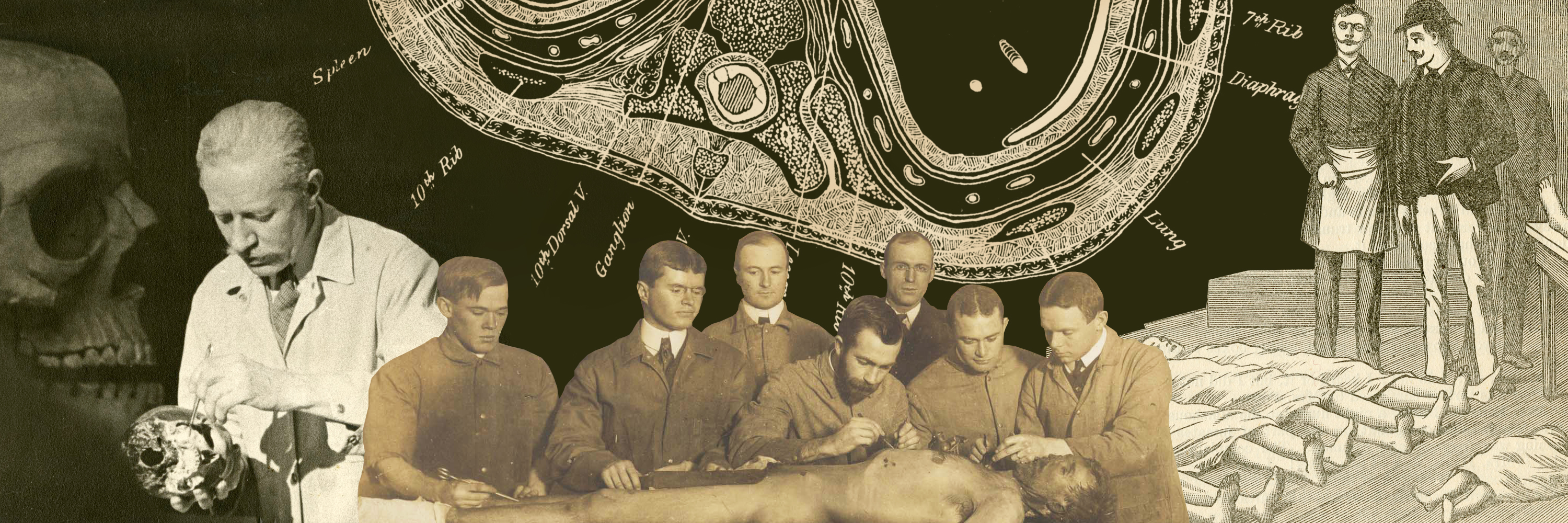Nature of Every Member: An Anatomy of Dissection at Harvard Medical School

Why study human anatomy? To John Hall, writing his poem An Historicall Expostulation, in 1565, it was the chief of medical arts which had to be mastered “if ye will cure well anything.” Anatomy was one of the three first areas of medical study at Harvard, and John Warren, the first member of the faculty, was a renowned anatomist and surgeon. And though Oliver Wendell Holmes could maintain by 1861, that “human anatomy may be considered an almost exhausted science. From time to time some small organ which had escaped earlier observers has been pointed out… but some of our best anatomical works are those which have been classic for many generations,” anatomy through dissection continued to be studied and taught to first-year medical students, and it still holds a place in the modern curriculum today. The Nature of Every Member chronicles the long and distinguished history of the study and teaching of human anatomy through dissection at Harvard Medical School, moving from the very foundation of the school to the present day. Coupled with teaching through human dissection are the changes and developments in anatomical legislation, as the illicit practice of grave-robbing for anatomical study gives way to legal instruments of anatomical gift for science.
Credits
The Nature of Every Member is an exhibit curated by Jack Eckert for the Center for the History of Medicine. The online exhibit was created in OnView by Andra Langoussis in July 2014.
